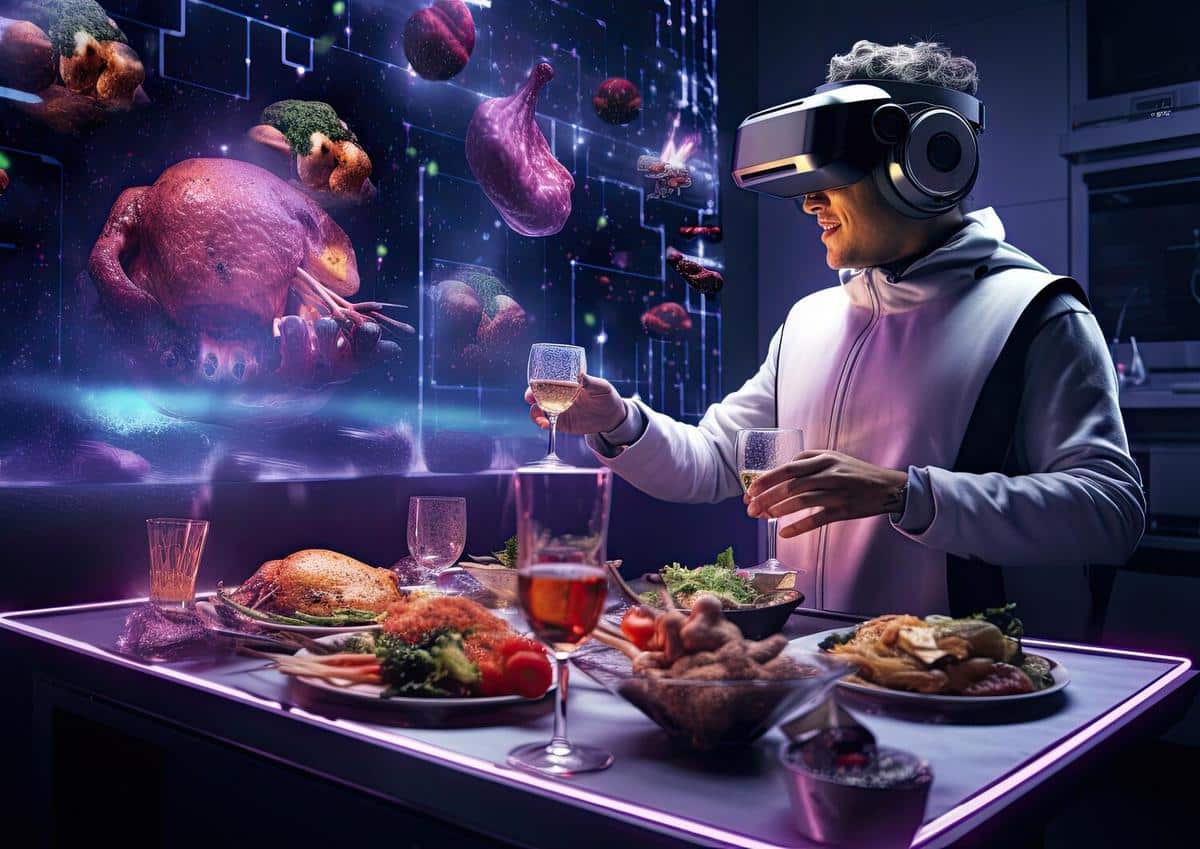
The Future of Food: Innovations in Lab-Grown Meats
Imagine a future where your favorite steak is grown in a lab rather than on a farm. This concept, once a figment of science fiction, is rapidly becoming a reality thanks to groundbreaking advancements in lab-grown meats.
The future of food is evolving, and lab-grown meats are at the forefront of this transformation. As traditional meat production faces challenges of sustainability and ethical concerns, lab-grown alternatives offer a promising solution. But what exactly are lab-grown meats, and how might they reshape our culinary landscape?
Understanding Lab-Grown Meats
Lab-grown meats, also referred to as cultured or cell-based meats, are produced by culturing animal cells in a controlled environment. This innovative method bypasses the need for raising and slaughtering animals, aiming to replicate the texture and taste of conventional meat.
Expert Opinions
According to Dr. Mark Post, a pioneer in the field of cultured meat, “Lab-grown meats could significantly reduce the environmental impact of meat production.” His work at Maastricht University led to the creation of the first lab-grown burger, marking a pivotal moment in food science.
Statistics and Research
The potential benefits of lab-grown meats are supported by compelling statistics. A study by the University of Oxford suggests that cultured meat production could reduce greenhouse gas emissions by up to 96% compared to traditional livestock farming. This environmentally friendly aspect is a major driving force behind the growing interest in lab-grown meats.
Real-Life Examples
Take the example of the startup Memphis Meats, which has successfully produced lab-grown chicken and beef. Their approach highlights the feasibility of producing meat without extensive land use and water consumption, addressing key sustainability issues.
Opportunities and Challenges
While lab-grown meats present exciting opportunities, they also face hurdles. One challenge is consumer acceptance; people may be hesitant to embrace meat grown in a lab. Education and transparency will be crucial in overcoming this barrier.
Actionable Tips
- Stay informed about the latest developments in lab-grown meat technology.
- Participate in public forums or discussions about sustainable food practices.
- Experiment with lab-grown meat products as they become available in the market.
Comparison Table
| Aspect | Traditional Meat | Lab-Grown Meat |
|---|---|---|
| Production Method | Raising and slaughtering animals | Cell culture in a lab |
| Environmental Impact | High greenhouse gas emissions | Significantly lower emissions |
| Resource Usage | Requires extensive land and water | Minimal land and water use |
| Ethical Concerns | Animal welfare issues | Reduces need for animal slaughter |
| Market Readiness | Widely available | Emerging market |
| Consumer Acceptance | Traditional preference | Growing interest |
| Cost | Currently cheaper | Costs decreasing over time |
| Flavor and Texture | Varied | Improving with technology |
Start by incorporating lab-grown meats into dishes where the meat is not the main focus, like stir-fries or tacos, to familiarize yourself with the taste and texture.
Frequently Asked Questions
What are lab-grown meats made of?
Lab-grown meats are made from animal cells cultured in a laboratory setting to replicate the texture and taste of traditional meats.
Are lab-grown meats safe to eat?
Yes, they undergo rigorous safety testing to ensure they are safe for consumption.
How do lab-grown meats impact the environment?
They have the potential to significantly reduce greenhouse gas emissions and resource usage compared to traditional meat production.
Conclusion
Lab-grown meats represent a significant step forward in addressing some of the biggest challenges facing food production today. With continued innovation and consumer education, these products could become a staple in sustainable eating habits. As we move towards a more sustainable future, embracing advancements in food technology like lab-grown meats will be essential. Explore more about the fascinating world of lab-grown meats and other innovations in our Global Gastronomic Trends portal.


